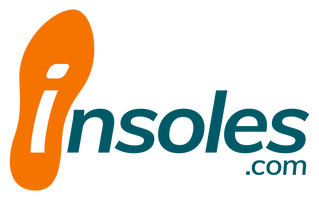Iliotibial Band Syndrome
Got Pain in the Outside of Your Knee When Running?
If you’ve got a nagging pain in your knee when running, especially the outer part of your knee, you could be suffering from iliotibial band syndrome.
Iliotibial band syndrome, also known as IT Band syndrome or runner’s knee, is an overuse injury caused by activities where you bend your knee repeatedly - like running, cycling, or walking long distances.
The IT band is a bunch of fibers that run from the outside of your hips all the way down down your thigh to your knee and top of your shinbone. When your IT band becomes too tight it can lead to painful swelling around the knee.
The pain comes on at a certain point in a run and gradually gets worse until you stop running. The syndrome is aggravated by running, especially downhill, hence the name “runner’s knee”. Some people with runner’s knee also experience a snapping or popping sound at the knee in addition to the pain. IT band syndrome can be treated at home with time and rest and does not typically require surgery to heal.
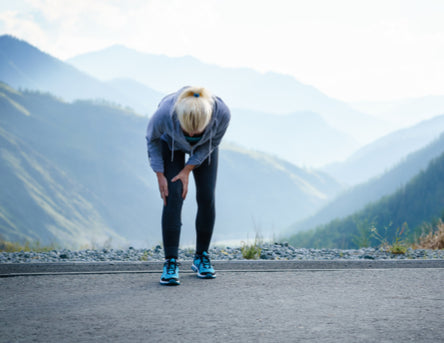
IT band syndrome can often be treated at home with time and rest.
We Recommend
-
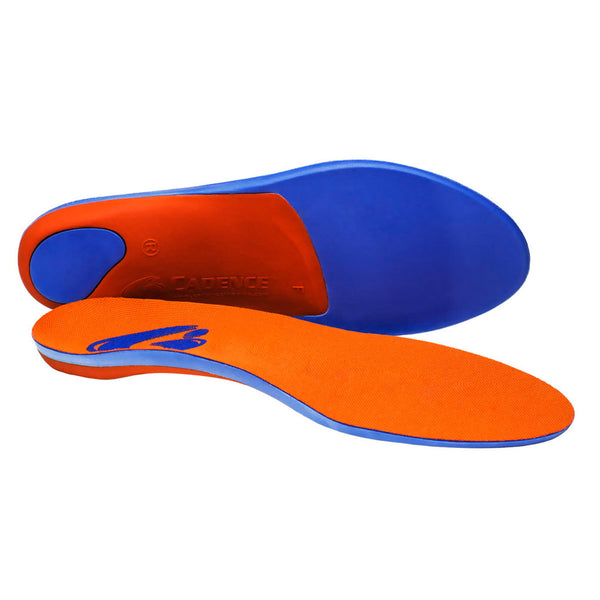
Cadence Original
$44.95
-
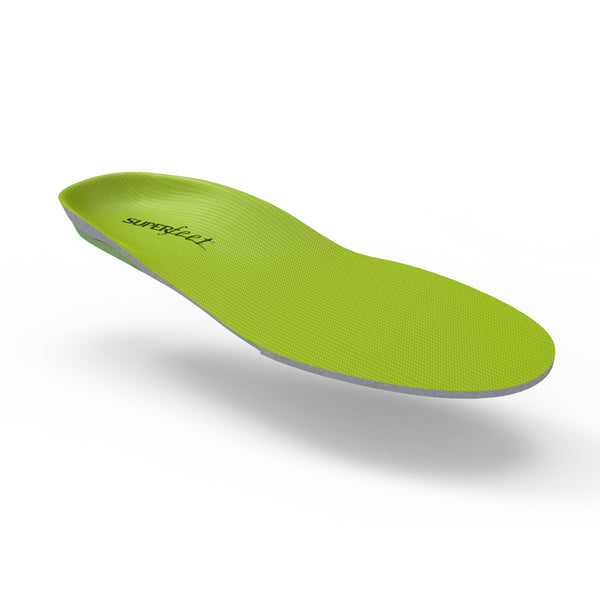
Browse our full collection of insoles for IT band syndrome.
What Is Iliotibial Band Syndrome?
The chief cause of iliotibial band syndrome is friction where the IT band crosses over the knee. IT Band Syndrome is an overuse injury of these connective tissues that run on the outer thigh down to the knee. Pain occurs because the long tendon (the iliotibial band) rubs against the outside of the knee joint and causes friction and inflammation. A fluid-filled sac called a bursa normally helps the IT band glide smoothly over the knee, however if your IT band is tight bending your knee creates friction leading to the IT band and bursa to swell.
If you have iliotibial band syndrome you will experience pain on the outside of the knee, especially when the heel strikes the ground during running. The syndrome is called runner’s knee, but pain may also be felt during other physical activities or movements such as walking, kneeling, squatting, stair climbing, sitting down, or standing up.
There is another syndrome termed runner’s knee in which a throbbing or aching pain is experienced behind the kneecap. If this is where the pain is felt, the condition is called patellofemoral pain syndrome.
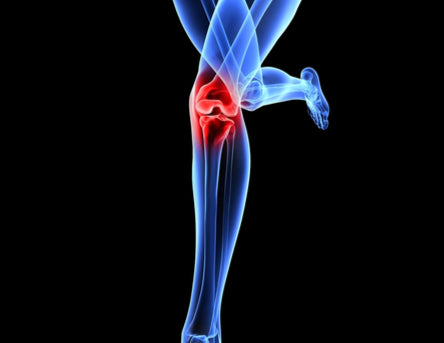
The main cause of iliotibial band syndrome is friction where the IT band crosses over the knee.
Symptoms of Iliotibial Band Syndrome
IT band syndrome typically causes pain on the outside of the knee, it might affect one of or both knees depending on a few factors.
The pain associated with IT band syndrome is typically an aching or burning sensation that spreads up the thigh to the hip. You might only notice this pain when exercising, though as the condition worsens the pain will be more frequent occurring after running or even during everyday activities like walking to the store or going up a flight of stairs.
What Causes Iliotibial Band Syndrome?
There are certain running conditions that can cause IT Band Syndrome, as well as structural and gait-related causes.
- Extensive running on hills or running on roads that are cambered can lead to the development of runner’s knee.
- Those who over-pronate have poor foot biomechanics may also develop the condition.
- Leg length discrepancy, weak hip or thigh muscles, and a naturally tight or wide IT band, overuse, and inadequate stretching are other possible causes.
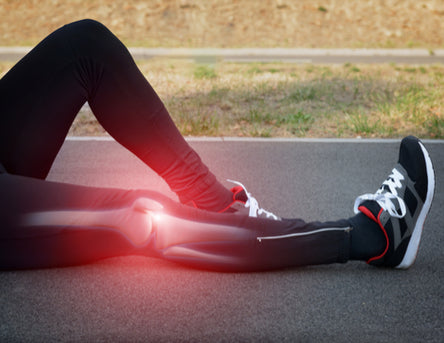
IT band syndrome has many causes from structural issues to gait.
How Can I Treat Iliotibial Band Syndrome?
Rest And Ice
Because this is most commonly an overuse injury, RICE treatment is usually the best to start with.
This includes Rest, Ice, Compression, and Elevation. Stay off of your feet as much as possible for 1 or 2 days and take a longer break from the activity that may be causing the pain or soreness. The tendon will heal faster if you can avoid putting strain on it. Apply an ice pack for 10 to 20 minutes at least 3 times daily. This should help to reduce the swelling. Use a compression bandage. Elevate your feet while applying ice and any time that you are sitting or lying down. Keeping your feet above the level of your heart will help to minimize the swelling.
Physical Therapy
Initially pain-relieving medication such as ibuprofen may be helpful to reduce pain and swelling, but long-term use is not likely to benefit. Physical therapy may be needed because stretching, strengthening, and foam roller exercises can be a very important part of helping the iliotibial band heal. A sports massage can also assist in relieving the pain and encourage healing. Beginning activity again should be gradual and not aggressive, especially the activity that caused the pain in the first place.
If the injury developed because of a gait problem, it is important to wear supportive shoes and orthotics so prevent the problem from developing again.
How to Prevent Iliotibial Band Syndrome
Fortunately IT band syndrome prevention is quite simple. A combination of stretching and adhering to running best practices can help you stay healthy and on your feet.
